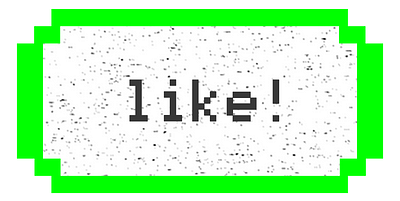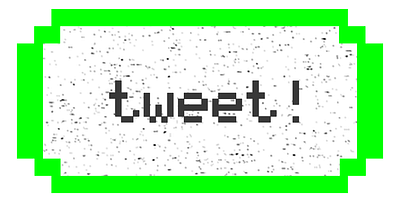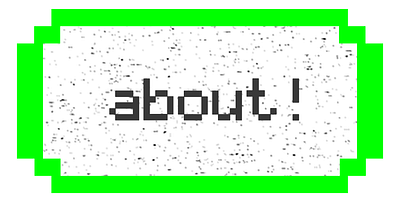
credit: Tookapic on Pexels
What Happens When We Can Always Consume Whatever Media We Want, Whenever, Wherever?
I was listening to two friends talk about some of the shows that they’ve gotten into lately. House of Cards, Stranger Things, The Man in the High Castle, and so on. They are cord cutters — they don’t subscribe to cable TV, nor do they watch broadcast TV. Their media lives are lived entirely on demand.
I have cable, but by and large, my household’s media consumption is also on demand. We decide when we’re watching something, and what we’re watching, from a menu of choices. Whatever we feel like, whenever we feel like it — that’s what we consume.
My online life is much like that, too. I scroll through Twitter, look at apps like Longform, Instapaper, Medium, and Pocket. I get the stories when I want them, from the sources I want, and there are way more than I could ever read. I simply don’t have to deal with someone presenting media to me. It’s a buffet, not a meal. I pick what I want, when I want, and ignore the rest. I can go back as many times as I like. The supply is virtually endless.
The Shifting of Choice
This is the new model, and it’s been happening since the early 2000’s. Choice has been shifting from producers to consumers, and now it is almost entirely in the hands of consumers.
Consider the 1970s. There were a handful of TV stations. Albums were on Vinyl. You had to put in serious effort to consume a piece of media or art. The producers had the choice of what to present and when, where, and how it could be consumed.
The picture is starkly different 40 years later. The producers still choose what to present, but by and large, consumers control the when, where, and the how. In short, consumers control the context of consumption. As a result, cohesion and curation kind of go out the window.
Albums, shows, and films can now be watched in disconnected chunks, in different places, and in different orders. It’s the difference between a 4-course meal presented in a certain way for maximum effect on the palette, and a disordered grazing of random dishes that might have at one time been a meal.
Losing Cohesion and Curation
Lately I’ve gotten to wondering: in what ways might this on demand way of life be harming us?
We used to be presented with media. TV stations played shows at certain times, and only a few shows. Newspapers only produced a finite amount of stories — what was in the physical paper each day, and that was it. Now that I can click around to wherever I might want to go — skipping so many pieces of media — what might I be losing?
The positive arguments for on demand and media proliferation are easy to find. More media means alternative views, a more lively conversation between opposing views. More media means more choice for people, more outlets for expression, and so on. That’s what we’ve gained. But consider what we might have lost.
For one thing, I’m losing the ability to avoid confirmation bias. If I have a set view on a topic, I can search and click around until I find some piece of media that supports it. I needen’t bother taking in data that contradicts my current view. I can’t see that as anything but harmful. I think that’s not a prospect to take too lightly.
I’ve also lost cohesion and context. Cohesion means something in media and art. The album — that paragon of cohesion — is nearly already a thing of the past. There is no real order to songs anymore. The order is relative to the user — who may not even have the entire album — just the song or a few of them.
To me, that’s a tool of expression that artists have lost. They can’t even so much as nudge you to listen to a whole album in order anymore. Sure, you could always skip around before — on CDs, tapes, and vinyl — but you had to buy the whole album. You had skin in the game. That simply isn’t the case anymore.
An Analogy
If I can draw on an analogy, it’s as if media had previously been a visit to someone’s home — the producer’s. They had prepared something for you, and you would sit there and agree to engage with them for as long as you were willing. There were only a handful of other invitations that could cause you to up and leave. It was, by and large, an experience.
Now the engagement is much less like a social visit to a home, and more like speed-dating. You meet at some place that you — the consumer designates. If it’s a busy place, you have a rendezvous filled with distractions, you zone out wondering about the others you could be talking to, and you leave prematurely. Connections are made by chance, and how long do they last? How rich are they? I think a lot about these questions.
It seems that choice is good, but it’s been well-argued that too much choice is bad for us. So whatever the merits are of the on-demand consumption culture, we need to be mindful of what we stand to lose because of it.
You know what’s NOT on demand? My newsletter — Woolgathering. It’s sent once weekly to a few hundred lucky souls. Join them, won’t you?



Hacker Noon is how hackers start their afternoons. We’re a part of the @AMI family. We are now accepting submissions and happy to discuss advertising & sponsorship opportunities.
If you enjoyed this story, we recommend reading our latest tech stories and trending tech stories. Until next time, don’t take the realities of the world for granted!
